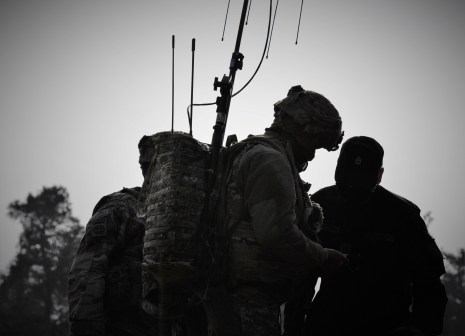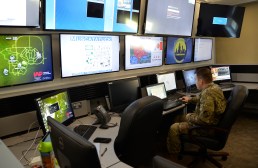Army launches new office to accelerate cyber weapon development

A new division within the military will work towards accelerating the development of cybersecurity tools and other electronic warfare equipment, Army Secretary Eric Fanning announced Wednesday, during a Bloomberg government event.
The Rapid Capabilities Office will improve the Army’s ability to meet emerging threats by spearheading efforts to both acquire and develop innovative technologies within five years of identifying a combat need.
On cyber specific projects, the office will rely on contractors and “other authorities that will allow [it] to cap consortiums.” According to Fanning, a cap consortium in this case will enable the military to better understand the “range of solutions different companies are developing.”
“The speed of innovation is increasing at an unprecedented rate, and this increase is occurring both commercially and militarily,” Fanning said. “We have to compete in a dynamic operational environment where the introduction of new capabilities and technologies by military powers and adversaries is continuous.”
In a grander context, Fanning explained that the new office will effectively help the U.S. Army keep up with other technological improvements now benefitting adversarial armed forces.
Beyond cyber, one of the key development areas for the Rapid Capabilities Office will be that of GPS-enabled positioning, navigation and timing — which has proven increasingly important in an age where battlefield communications, network connectivity and real-time intelligence plays an important role in operational capabilities.
The South China Sea dispute, for example — surmised by a contentious disagreement over the ownership of resource-rich lands between China and the Philippines — has shown some evidence of China’s ability to engage in electronic warfare. In June, the U.S. deployed Navy EA-18G Growler aircrafts to the Philippines, also capable of launching electronic attacks for bilateral training missions.
“Over the past several years we’ve learned from what we’ve seen from Russia and Ukraine, and later in Syria, and from the different capabilities they’ve brought to the battlefield,” Fanning told a D.C. audience of government officials and defense contractors, “We’ve seen the combination of unmanned aerial systems and offensive cyber and advanced electronic warfare capabilities and how they provided Russian forces a new degree of sophistication.”




